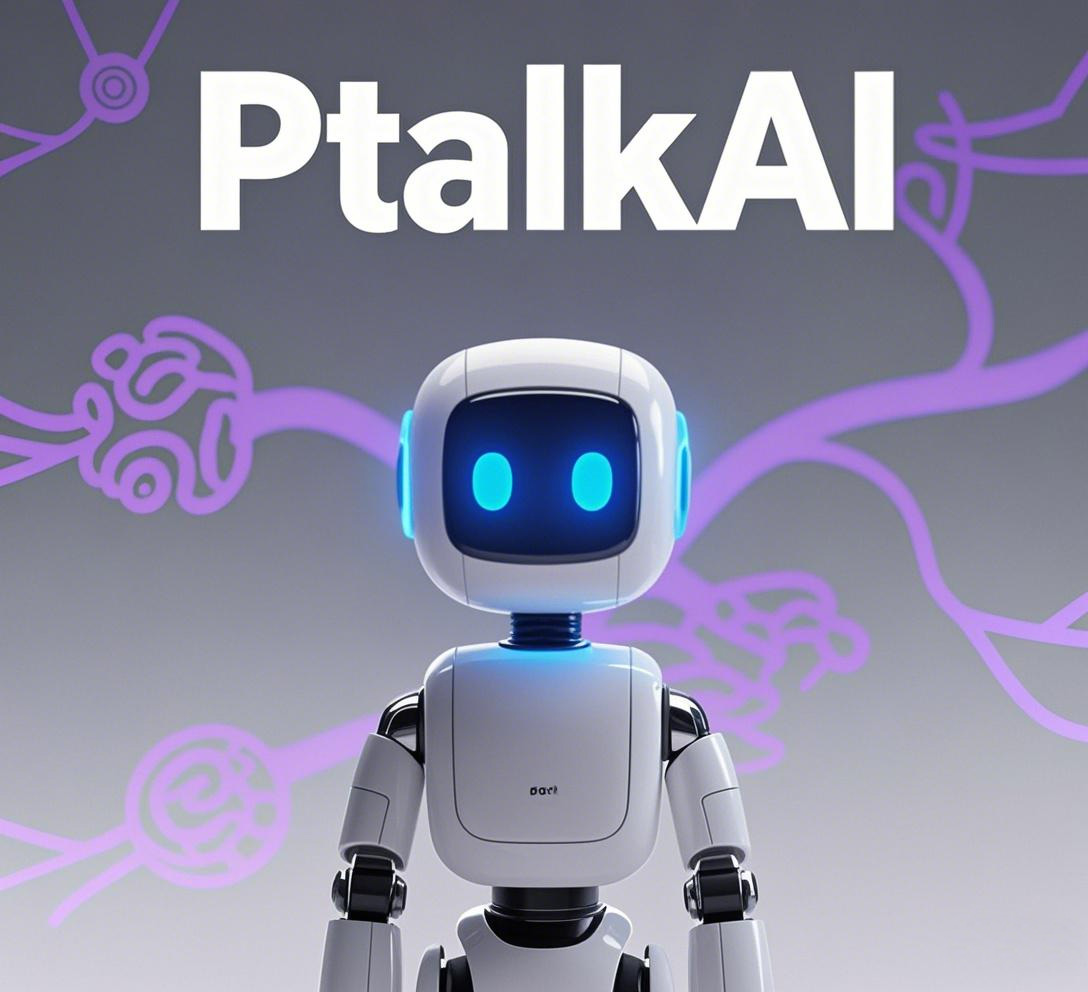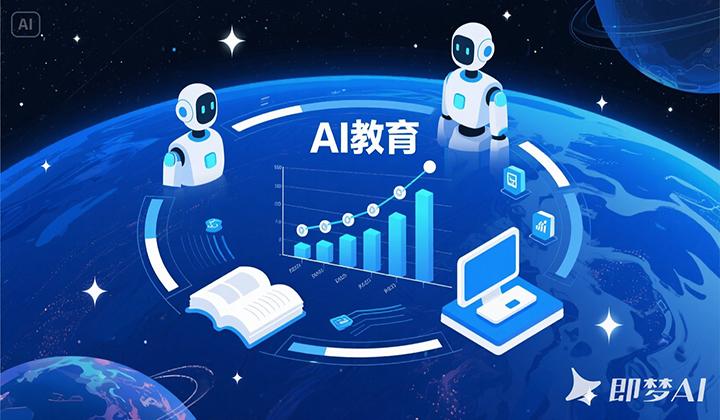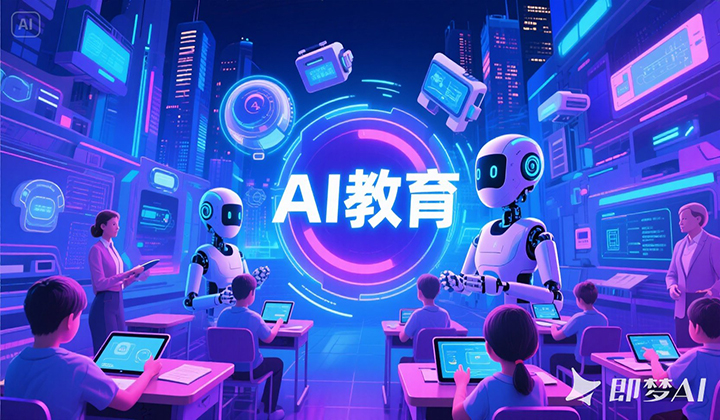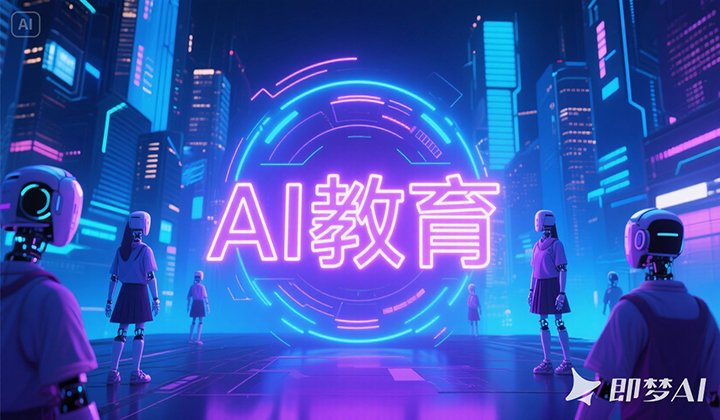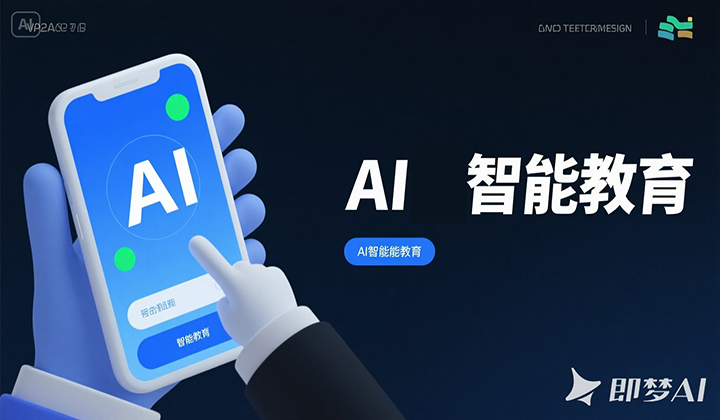AI Enlightenment Education: Empowering Digital Natives for the Future
I. Necessity: Building Cognitive Foundations for Digital Natives
Neuroscientific research reveals that ages 3–8 are a golden window for developing logical thinking and creativity. Early exposure to AI concepts significantly enhances computational thinking (by 83.9% on average) and problem-solving abilities1. This foundational education not only cultivates technical understanding but also shapes a “human-AI collaboration” mindset:
-
Sensory Intelligence: Image recognition games (e.g., object classification tasks in Tencent’s “AI Programming Course”) help children grasp data labeling and feature extraction1;
-
Interactive Cognition: Hongen Education’s ChatGPT-like application uses IP character dialogues to teach natural language processing6;
-
Algorithmic Thinking: Liuyi Education’s “Gubby AI Art Course” embeds programming structures into painting steps, visualizing loops and conditionals3.
China’s Ministry of Education mandates establishing a K-12 AI education system by 2030, aiming not to train programmers but to foster “smart citizens” capable of collaborating with AI8.
II. Innovative Practices: Gamification and Screen-Free Breakthroughs
Current AI enlightenment education features three innovative models:
-
Scenario-Based Gamification
Tencent’s “AI Programming Course” creates lunar city adventures where children drag command blocks to guide robots, learning algorithmic workflows. Beijing Normal University reports an 83.9% boost in computational thinking, with 98% of children finding it “more engaging than traditional classes”1. Similarly, AI math games in Wanzhi District kindergartens transformed abstract numbers into “fishing tasks,” improving numeracy accuracy by 62% among 5–6-year-olds5. -
Multimodal Human-AI Interaction
Hongen and Lingxin Intelligent’s “AI Q&A” app integrates emotional computing and large language models, enabling IP characters to provide empathetic responses. When children ask, “Why is the sky blue?” the system explains physics while conveying curiosity through vocal tones, blending intellectual and emotional education6. -
Screen-Free Teaching
For rural areas with limited devices, Tencent’s “screen-free AI classes” use role-playing to simulate data flows—e.g., “human circuits” games teach neural network signaling1. This approach reduces hardware dependency and screen addiction risks.
III. Challenges and Solutions
Three key challenges persist:
-
Content Homogenization
80% of AI courses focus on programming and robotics with repetitive designs. Interest in products like Zebra AI and Monkey AI declines by 37% over time2. Innovators like Liuyi Education merge CNN principles into art teaching, creating interdisciplinary paths3. -
Technological Limitations
Current voice systems achieve only 68% accuracy in recognizing children’s ambiguous speech vs. 92% for adults6. Solutions like Taoyun Tech’s dialect-adaptive modules for educational robots demonstrate progress5. -
Ethical and Privacy Risks
Mattel’s “Hello Barbie” lawsuit highlighted data vulnerabilities. The EU AI Act mandates explainable algorithms, prompting tools like IBM’s visual decision trees to build trust16.
IV. Future Vision: From Tools to Cognitive Symbiosis
The ultimate goal is synergistic evolution between human and machine intelligence:
-
Embodied Interaction: Tesla’s Optimus robot teaches mechanics through tactile feedback1;
-
Swarm Intelligence: OpenAI’s SWARM enables multi-agent teaching networks1;
-
Value-Aligned Education: Anthropic’s Constitutional AI embeds ethical judgment modules1.
Conclusion: Preserving Curiosity in a Technological Age
When rural children in Anhui comprehend “neural networks” through screen-free classes, or special-needs students reduce social anxiety by 40% with AI companions15, we witness not just technological empowerment but new possibilities for educational equity. The essence of AI enlightenment lies in using technology to ignite—not replace—human creativity. Like the imperfect yet innovative melodies children compose on Tencent’s AI music tool, true intelligent literacy begins with mastering technology and culminates in safeguarding humanity’s unique value.






